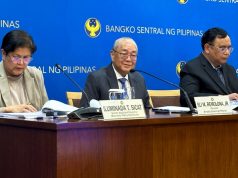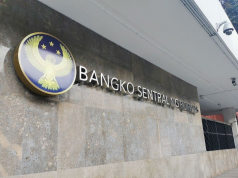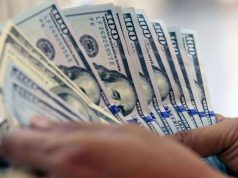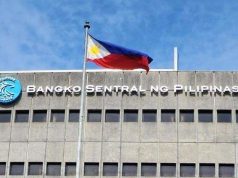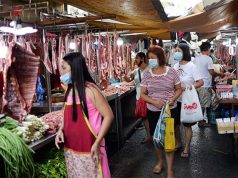(UPDATED – 9:30 p.m. July 03) MANILA – The Bangko Sentral ng Pilipinas (BSP) sees access to financial services to include around 90 percent of municipalities and cities by end-2017.
BSP Governor Amando M. Tetangco Jr., in a speech delivered by Monetary Board (MB) member Valentin Araneta at the recent 29th East Asian Seminar on Economics held in Conrad Manila Hotel Thursday, said the central bank had allowed the establishment of micro-banking offices (MBOs) and alternative financial service providers to widen people’s access to formal financial services.
“We are proud to say that by the end of 2016, close to 90 percent of municipalities and cities in the Philippines already have some form of access to financial services,” he said.
BSP’s policy-making Monetary Board (MB) has issued guidelines allowing banks to tap convenience stores, pharmacies and other highly-accessible retail outlets to accept and disburse cash on its behalf, assist in the online self-service deposit process, withdrawals and fund transfers, and bill payments.
It also allowed these cash agents to conduct Know-Your-Customer (KYC) procedures, forward applications for loans and account openings, and sell and service insurance.
This move is aimed at enabling banks “to leverage on innovative digital solutions to serve a wider client base, particularly in the low-income and rural areas where there is limited commercial incentive to establish a full branch or even a micro-banking office (MBO).”
BSP earlier said more than 36 percent of municipalities in the country have no banking presence but bulk of these are serviced by non-bank financial institutions such as pawnshops, cooperatives, and lending investors.
Tetangco said the move was also aimed at addressing inequality, which remains a major issue in the country amid economic expansion and drop in poverty incidence and income inequality.
He said the government has put in place programs to cut poverty incidence and income equality through structural reforms that “allowed the national government to invest in strategies that generate opportunities for employment and encourage investments in infrastructure and human capital.”
“Indeed, the government has laid down the groundwork for making growth more sustainable and more inclusive. Nonetheless, there remains much to be done to ensure that every Filipino gets to share in the dividends of the government especially in the areas of tax reform, infrastructure investment and human capital development,” he said.
The central bank chief explained that “improving access to payments facilities and formal credit lines could make a positive difference in people’s live especially for the poor.”
He said results of several researches “have also bolstered the emerging consensus that greater financial inclusion generally contributes to achieving inclusive and durable growth and to promote financial stability.”
“All of these insights strengthen the BSP conviction that our financial inclusion initiatives are a worthwhile endeavor allowing us to deliver on our mission to help bring about a higher quality of life for all Filipinos,” he added.
Click and watch this video report by Beverly Natividad, News5





